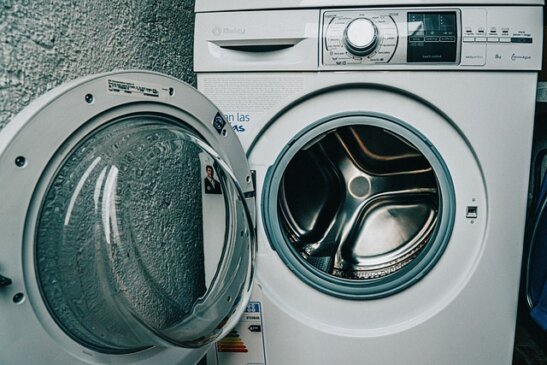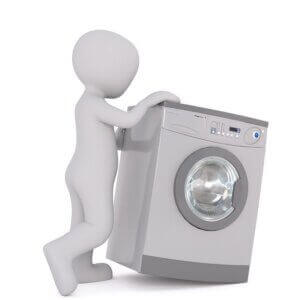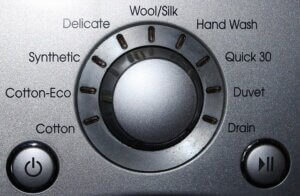No matter whether you are living alone or living in a joint family, washing clothes is a mess. Having a washing machine not only saves time but also keeps away the efforts of washing clothes. A washing machine will best take care of your clothes. There will be no damage during agitation as it manages different cycles— according to your cloth types. The guide will help you grab the best quality washing machine!
1. Capacity
The capacity of a washing machine is measured in kilograms. It indicates the weight of clothes per wash. If you have a large family who needs to wash clothes once or twice a week, you should look for a large-capacity washing machine. It will also be fair with a small-capacity washing machine if the clothes divide into multiple wash cycles.
2. Build material
Tubs are made of various types of materials such as stainless steel, plastic, porcelain-enamel etc. Plastic tubs are much better than enamel, but stainless tubs are the best as they can withstand high skin speeds and are durable.
3. Wash setting
The washing machine comes with various wash settings such as water level alternatives and gentle wash (it is used for frail clothes). Having a variety of wash settings allows you to customise or save to your favourite settings. It can be easily customised through a touch screen, rotary controls or touchpad.
4. Temperature control
Temperature control is only available for washing machines that have built-in heaters. Having temperature control is useful during winter. It comes out that hot water is more effective than cold water when it comes to cleaning y
our clothes. However, some washing machines maintain steam settings that are also effective in removing stains and dirt.
5. Wash programs
Having various wash programs allow you to wash all types of clothes without any complications. When buying a washing machine, do not forget to check whether it constitutes at least 3–4 wash programs (e.g Heavy monsoon, cotton wash, wool wash, dry wash, hot wash and a lot).
Click here for the best washing machines on Amazon
6. Spin cycle or RPM
Spin cycle, RPM, as it is also known, indicates the time of a washing machine when it takes for drying clothes. It is used for drying the clothes after washing. Washing machines with higher RPM (revolution per minute) have better drying capacity, which shows it takes less drying time.
7. Inverter technology
Inverter technology is meant for saving electricity. Washing machines that are based on inverter technology run depending on the load— not like conventional washing machines which run at constant speed irrespective of the load. Inverter technology washing machines contain sensors that detect the load on the machine and help to run at optimum speed.
8. Hard water processing
Hard water is a major problem in washing machines. Hard water causes when it is unable to dissolve the detergents. It forms a white layer of salt around the drum and supply pipes. Now, washing machines (Whirlpool has a specific ‘Hard Water’ option in its latest semi-automatic machine series, Ace) have come up with hard water treatment technology. It converts hard water to soft water.
9. Energy efficiency
Like any other appliances, you should also consider energy-efficient washing machine as part of this guide which save your electricity bills. Energy efficiency is identified as BEE rating in washing machines— the higher the BEE rating, the less it consumes electricity bills.
Click here for the best washing machines on Amazon
10. Delay wash
Delay wash is directed for busy schedules, especially for working couples. Delay wash allows you to plan your washing before the schedule and delay the washing function for up to 23 hours. Even if you are sleeping, your washing machine will run its washing cycle without your interaction.







